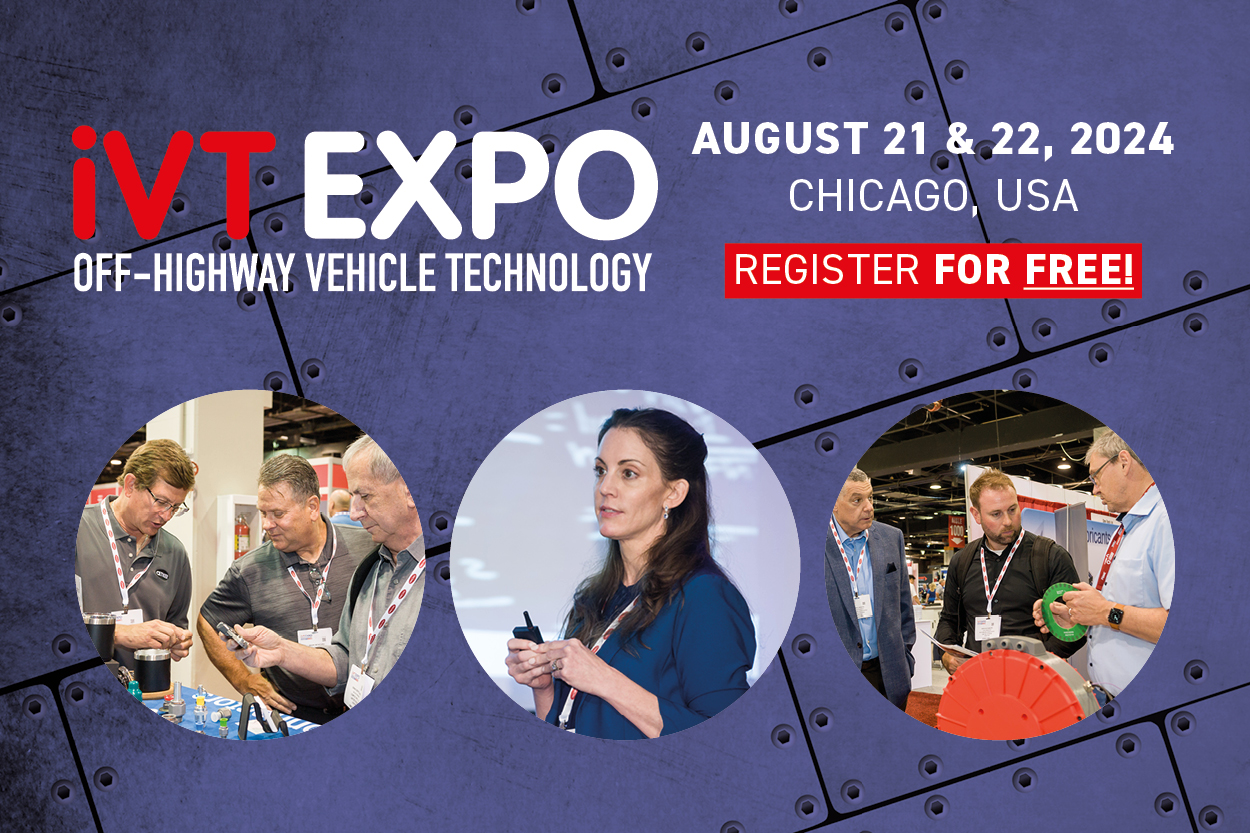Discover the latest components, materials, systems and technologies from leading international suppliers that go into making the next generation of industrial vehicles, including those used in construction, mining, agriculture, material handling, forklifts and forestry.
The show’s compact format featuring over 150 exhibitors offers a highly effective setting for engineers and designers from industrial vehicle OEMs to discuss the latest technologies and future concepts.
Plus, join the conference to hear from 70+ expert speakers discussing key topics around the future of industrial vehicles, electric, hybrid & alternative powertrain solutions, developments in autonomous off-road vehicle technology and more!








